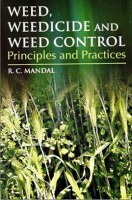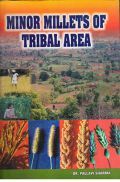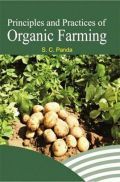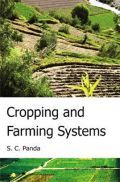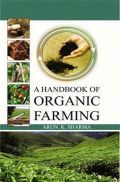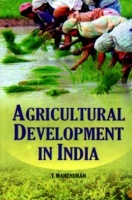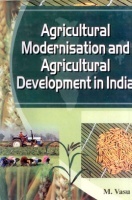This book Useful for Agronomy.
Section I: OVERVIEW
1. Hill Agriculture: Status and Strategies in Indian Himalayas
SECTION II: NATURAL RESOURCES MANAGEMENT
1. Rain Water Harvesting for Sustainable Montane Agro-Ecosystems
2. Harvested Water Based Farming System for Production Sustenance in Drylands
3. Degradation of Catchments in Lower Shiwaliks of Jammu and Kashmir
4. Management of Problematic Soils of North-West Himalayas for Sustainable Hill Agriculture
5. Soil Erosion and Conservation in Lower Shiwaliks of Punjab
6. Natural Resource Conservation Technologies for Sustainable Crop Production
7. Agroforestry for the Hills
8. Agroforestry: A Potential Land Use in Conservation of Natural Resources and Sustainability of Farming Systems
SECTION III: AGRONOMICAL INTERVENTIONS
1. Potential of Integrated Nutrient Supply and Soil Health Improvement in Sustainable Cropping Systems of Indian Himalayas
2. Agro-Technological Advances for Sustainable Crop Production in Cold Arid Region
3. Integrated Weed Management in Hill Agriculture
4. Integrated Pest Management in Food Security - An Overview
5. Bio-Intensive Pest Management in High Altitude Crops
6. Pest Management in Hill Agro-Ecosystem For Sustainable Production
7. Seed Hardening Techniques for Rainfed Farming
SECTION IV: CROP IMPROVEMENT
1. Conventional and Advanced Breeding Approaches for Maize Improvement Under North-West Himalayas
2. Promotion of Hybrid Rice Towards Food Security in Hilly Regions
3. Prospects of Upland Rice Improvement for Sustainable Hill Agriculture
4. Sustainable Upland Rice Cultivation in Hills –A Case Study in Himachal Pradesh
5. Agro-Biodiversity Conservation in North Western Himalayas and Implications in Crop Improvement
6. Cold Stress: Defense System Towards Physiological, Biochemical and Molecular Mechanism
SECTION V: HORTICULTURE
1. Cultivation of Saffron (Crocus sativus L.): A High-Value Low Volume Crop in Temperate Region of Jammu with Reference to Kishtwar – An Overview
2. Prospects of Sustainable Horticulture in Hill Agriculture
3. Improved Agronomy for Hill Orchards
4. Vegetable Cultivation in Hills: Principles and Practices
5. Vegetable Seed Production in Hills
SECTION VI: POST HARVEST
1. Post Harvest Considerations for Temperate Crops
2. Hill Agriculture and its Marketing: Problems and Prospect









